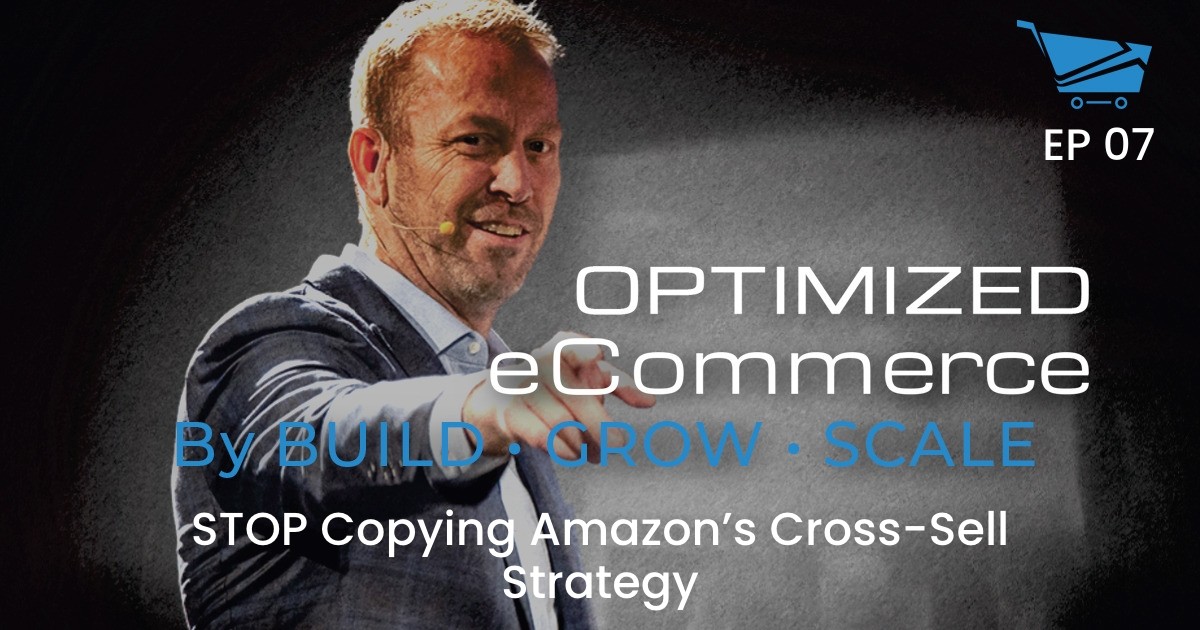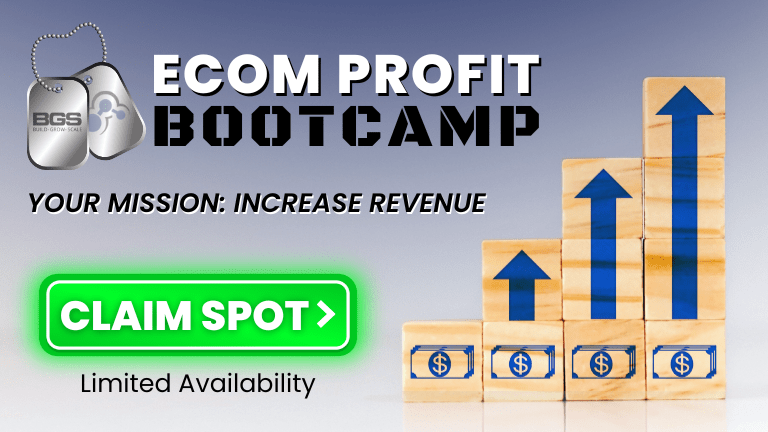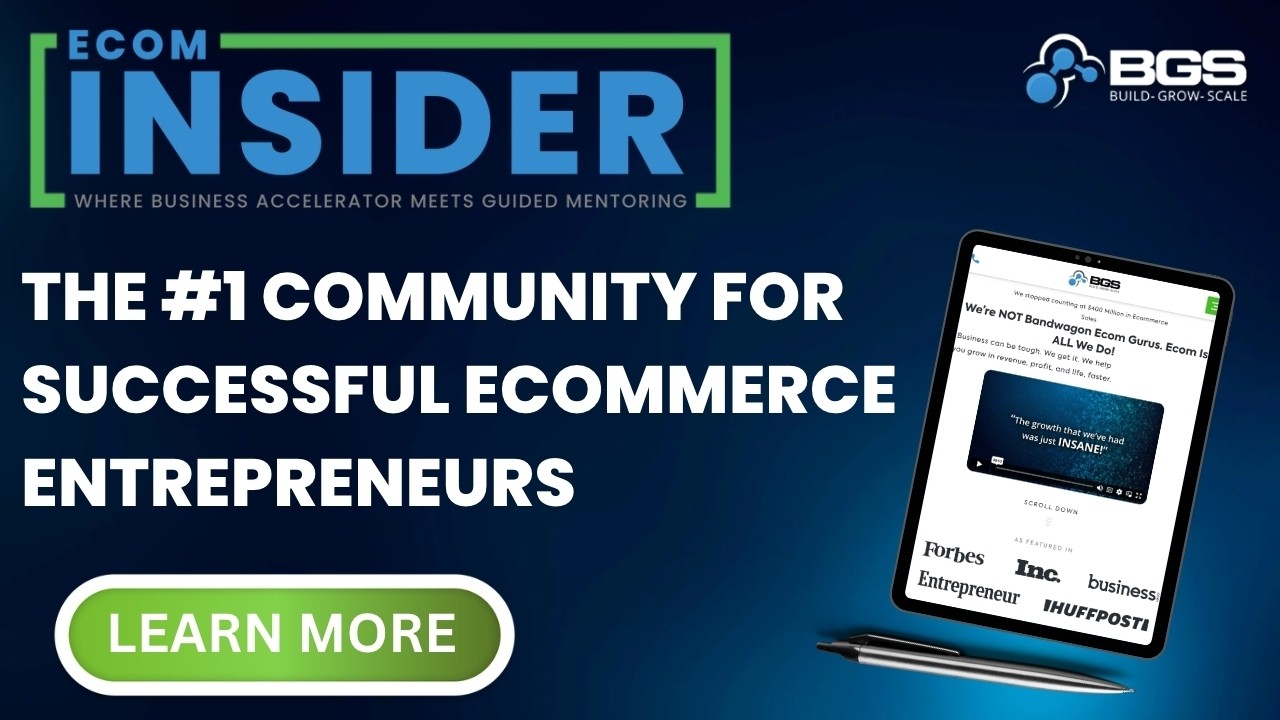Optimized Ecommerce EP 007 – STOP Copying Amazon’s Cross-Sell Strategy

Welcome to Episode 007 of Optimized Ecommerce – STOP Copying Amazon’s Cross-Sell Strategy. We are your hosts, Tanner Larsson CEO of BGS and Matthew Stafford CMO of BGS.
BGS means Build Grow Scale! It is a community that we founded where eCommerce entrepreneurs and physical product sellers come to learn how to take their businesses to the next level.
In this episode, we talk about how Amazon is its own animal. It has an insane amount of shoppers and consumers. Amazon has made it very easy for people to buy from them. They were even among the very first ones with the one-click order and one-click buying.
People don’t go to Amazon to shop around and look for products that they want to buy in the future. They go there when they’re ready to buy right then and there. They have also trained consumers to expect product deliveries right away. It has changed the face of physical product sales across the globe.
And the reality that, you simply cannot compete with that massive ecosystem even if you’re a big store owner.
Here’s just a taste of what we talked about today:
Why You Should Avoid the Copycat and Me-Too Strategy!
If you look at it in one way, Amazon is a cult of online shoppers. These consumers are trained to buy the Amazon style — conditioned to purchase regularly with on-click. Amazon Prime is the biggest continuity program in the world. No one else has 55 million subscribers who are all paying $200 a year.
Amazon has its own set of resources exclusively for itself. So, just because a certain strategy works for Amazon does not mean that it will work for others.
The Conventional VS Buzzwords and Trends
“Bag this Item” VS “Add to Cart”. These two phrases mean the same thing: put an item or several items in your shopping basket for later purchase. But which one are you more accustomed to?
Depending on the niche, store owners would typically use buzzwords in their copy or website design. Although these things may appear simple, we know from all our testing that clarity always beats trying to be trendy.
BGS Challenges Everything on Partner Stores’ Sites
We have also been guilty of the copycat strategy before we had the data. But now, we at BGS constantly challenge everything on our site as well as our partners’ sites.
And then, we collect that data and start testing our way through it. We try to figure out what is different. We ask the reason why they are doing something and it’s usually because someone that they hold as a higher-level competitor or guru is doing what they like. And they come to a false conclusion that it must be good for them too.
We also discussed a few other fun topics, including:
- Split-testing: with and without upselling feature
- Trust the data and not the “me-too” marketing
- Constantly test as many applications for your ecomm business
- A win on one aspect of business does not mean a win across the board
But you’ll have to watch or listen to the episode to hear about those!
How To Stay Connected With Tanner Larsson and Matthew Stafford:
Want to stay connected with Tanner Larsson and Matthew Stafford? Please check out their social profiles below.
- Facebook: Facebook.com/buildgrowscale
- Twitter: @BuildGrowScale
- YouTube Channel: Youtube.com/windowsuccess




